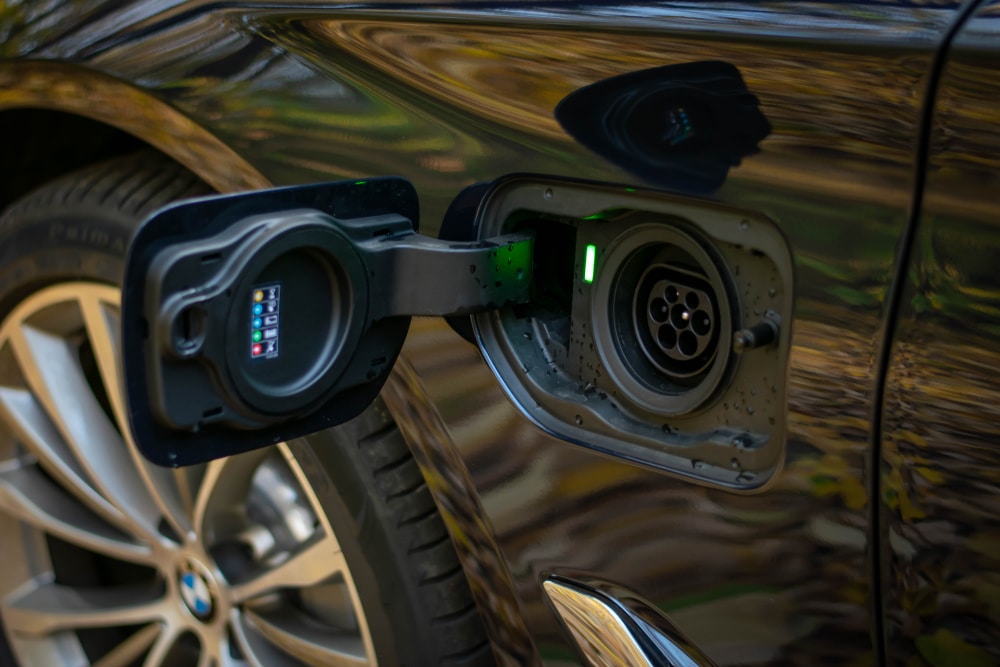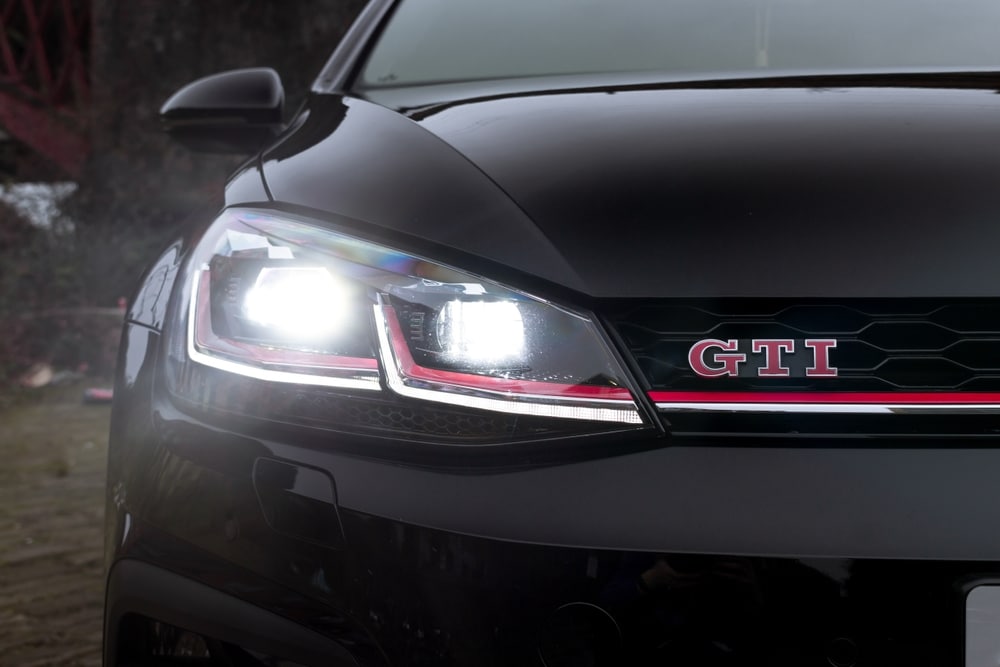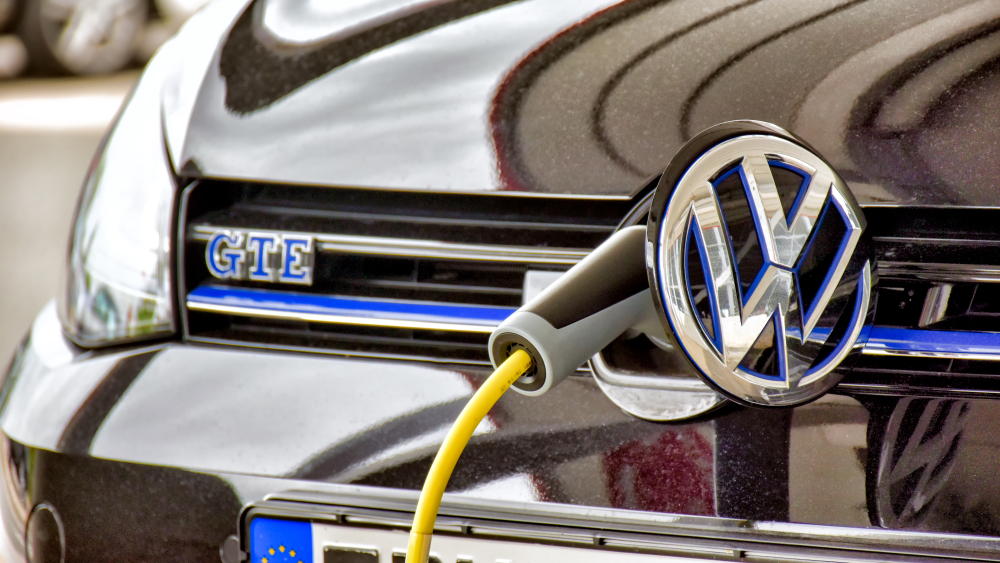BMW Charging Fault
“Your electrical machine electronics (EME) unit has failed. The only option is a full replacement, and once you add parts and labour, the cost will be just over £9,500.”
That was the crushing message handed to Mr K when he asked his BMW dealer for help with his 2020 BMW 5 Series 530e Plug-In Hybrid. For any driver, hearing a figure like that is enough to stop you in your tracks.
His fear were compounded as his BMW was already struggling. The heating and air conditioning were offline, and the charging system could no longer replenish the high-voltage battery. With multiple systems shutting down, the car was sliding rapidly toward being unusable.
Unwilling to accept the dealer’s expensive conclusion, Mr K turned to Quality Car Service in Milton Keynes. For our BMW specialists, this was far from the end of the road — it was the beginning of a challenge we were ready to solve.
Read on to see how our team carried out a clever repair that brought Mr K’s BMW back to life… at a fraction of the dealer’s quoted price.
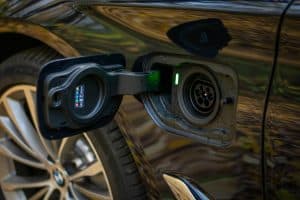
How We Approached the BMW Charging Fault Investigation
Our first step was to sit down with Mr K and talk through the entire chain of events. He explained when the issues first appeared, how they had worsened over time, and what had already been tried. This gave us the crucial context we needed, ensuring we weren’t looking at the BMW in isolation.
We then connected our dealer-level diagnostic tools and retrieved the stored fault codes. Several were present, including:
- 21E720 – Charging electronics fault: Communication between the charger and its controller had failed, stopping the battery from charging.
- 80120E – Electric A/C compressor undervoltage/overvoltage: The air conditioning compressor was shutting down due to unstable voltage supply.
- 8011C4 – A/C compressor voltage sensor fault: The internal A/C sensor was returning incorrect signals.
- 030ECD / 030EC1 – Charging management faults: The car’s charging process could not be managed safely.
On their own, these codes told part of the story. When considered together, they revealed that three high-voltage systems — the charging, the heater, and the air conditioning — were all being disrupted.
Each of these systems relies on the electrical machine electronics (EME) unit, the very part the dealer had already condemned. For us, this wasn’t a conclusion but a pointer to something deeper in the electrical distribution network.
That insight meant a more detailed investigation was the only way forward.
Finding the Common Thread Behind the BMW Heater Fault
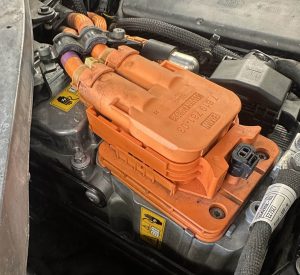
Using Wiring Diagrams
Because the logged fault codes pointed towards shared high-voltage supply lines, we turned to BMW’s official wiring diagrams. These are the vehicle’s electrical blueprints, showing exactly how each circuit is connected and where voltage should be present under normal conditions.
Checking the Evidence
Our analysis of the serial data confirmed that the A/C compressor was receiving no voltage. That finding ruled out the compressor as the fault. The problem lay further upstream — no voltage was leaving the EME unit. The diagrams also showed that the charger, heater, and climate control systems all depended on this single feed, protected internally by a fuse inside the EME.
Applying Our Own Test Plans
To investigate further, we ran our own high-voltage test routines, developed specifically for hybrid and electric vehicles. These procedures are not routine checks. Only certified technicians with the relevant qualifications, such as our team at QCS, are permitted to work on systems like these. By testing each component under controlled conditions, we built a comprehensive and accurate picture of how the system operates.
Digging Into the EME Unit
The dealership’s solution was to replace the entire EME unit. Instead, we dismantled the unit and tested it at component level. Inside, we discovered the high-voltage fuse had blown. A fusseldomer fails by chance — it usually indicates another part of the circuit has demanded too much current, causing it to blow.
Isolating the Culprit
We then tested each element on the affected circuit: the wiring harnesses, the A/C compressor, the onboard charger, and finally the PTC heater. The heater’s resistance readings were far too low, proving it was drawing excessive current and had forced the fuse to blow. Careful calculations confirmed this diagnosis.
Pulling all this evidence together, the conclusion was clear: the fault wasn’t the EME unit itself, but a blown fuse caused by a failed PTC heater. With the actual cause identified, we could move forward with a precise, cost-effective repair.
How Our Targeted Repairs Solved the BMW Charging Fault
With the root cause confirmed, the repair work could begin:
- Sourcing the fuse: The high-voltage fuse needed for the repair isn’t available separately from BMW. Through our specialist network, we sourced one to the correct specification. The EME unit was dismantled, the new fuse fitted precisely to manufacturer standards, and the unit reassembled with care.
- Replacing the heater: The failed PTC heater was removed and replaced with a premium-quality component, ensuring the high-voltage circuit could operate safely again.
- Final testing: Once the fuse and heater were in place, we performed a full set of safety checks using high-voltage diagnostic tools, including an insulation resistance tester and multimeter. These confirmed the supply had been restored, the systems were operating within specification, and the high-voltage battery was able to charge from the mains once more.
From Stress to Relief: What the Repair Meant for our Customer
Once the repairs were complete, the transformation was immediate. Systems that had stopped working — the heating, the air conditioning, and the charging — were all restored to full operation. What had been a BMW edging closer to being undriveable was back in perfect health.
For Mr K, the difference was huge. Instead of worrying about how to keep using a car that seemed to be failing fast, he could once again rely on his BMW every day. The burden of a looming £9,500 dealer bill was gone, replaced with confidence in a repair that made sense both technically and financially.
The outcome wasn’t luck, but the result of careful testing, high-voltage expertise, and a focus on finding the true fault rather than replacing parts unnecessarily.
By choosing Quality Car Service, Mr K not only avoided a crippling bill but also saw the real benefit of choosing local independent experts over the dealership.
Why Our Customers Depend on Us for Complex BMW Repairs
When faced with Mr K’s BMW charging fault, our team applied every element of their expertise. Careful diagnostics, persistence in uncovering the true cause, and the skill to repair at component level all combined to deliver the right solution.
This approach is what sets Quality Car Service apart. We don’t rely on replacing expensive parts unnecessarily — we trace the real issue and provide a repair that makes sense for both you and your car.
Here’s what you can expect when you choose us:
- Cost-effective repairs that avoid dealership mark-ups
- Dealer-level diagnostic tools and specialist BMW knowledge
- Honest, transparent communication at every stage
- High-quality repairs for all makes and models
- …All backed by a 12-month parts and labour guarantee
We’re proud of the results we achieve. We have a {{average-rating}} star Google rating from {{review-count}} satisfied customers.
Call Quality Car Service today on 01908 376555 — because your BMW deserves expertise you can depend on.
